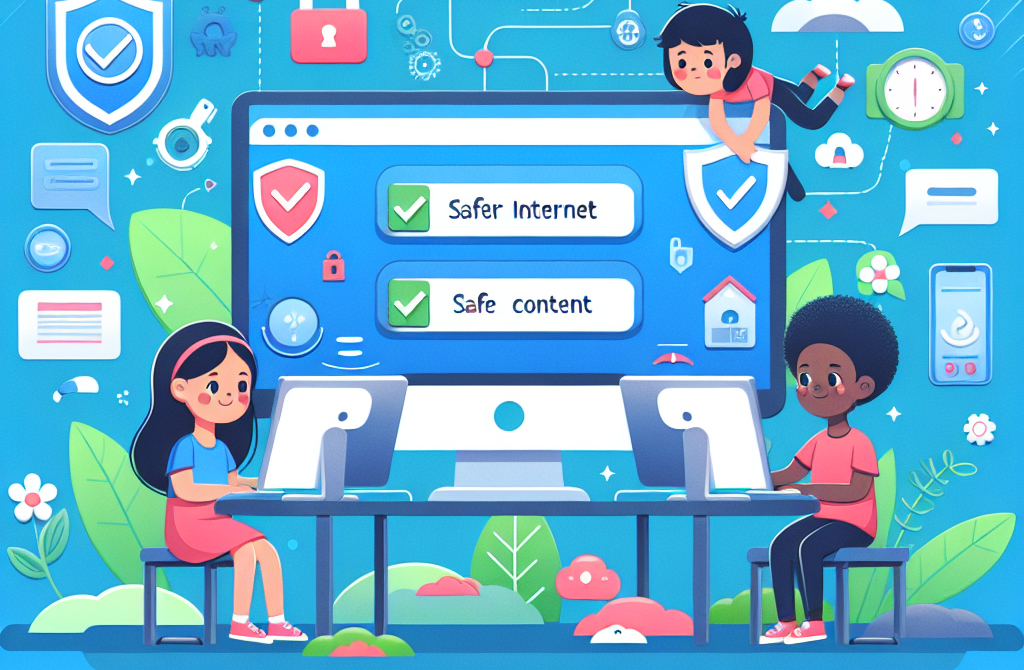Creating a Safer Internet for Children: A Guide for Parents and Guardians

The internet is a powerful resource for learning, entertainment, and communication, but it also comes with risks, especially for children. Ensuring kids have a safe and positive online experience requires a proactive approach. Here’s a comprehensive guide to help make the internet safer for children:
1. Educate and Empower Your Child
- Open Conversations: Talk openly about the benefits and risks of the internet. Explain concepts like online privacy, cyberbullying, and the importance of not sharing personal information.
- Set Boundaries: Create clear rules about internet usage, such as time limits and approved websites or apps.
- Teach Critical Thinking: Help kids recognize fake news, clickbait, or scams. Encourage them to verify information and avoid interacting with strangers online.
2. Use Parental Controls
- Set Up Filters: Use parental control tools to block inappropriate content and websites. Most devices, browsers, and apps have built-in settings for this purpose.
- Monitor Usage: Keep track of your child's internet activity through apps or monitoring software, ensuring they’re using age-appropriate content.
- Safe Search Settings: Activate safe search features on platforms like Google or YouTube to filter out explicit material.
3. Encourage Safe Social Media Use
- Set Age-Appropriate Limits: Many social media platforms have minimum age requirements. Ensure your child uses these platforms only when they meet the criteria.
- Review Privacy Settings: Help them adjust privacy settings to limit who can see their posts or send them messages.
- Avoid Sharing Personal Details: Teach kids not to share sensitive information such as their address, phone number, or school name online.
4. Establish Safe Online Habits
- Strong Passwords: Teach children to create strong passwords and keep them private, even from friends.
- Avoid Free Wi-Fi: Warn them about connecting to public Wi-Fi networks without proper security.
- Think Before Posting: Encourage them to consider the consequences of posting photos, videos, or comments, as digital footprints are permanent.
5. Be Involved
- Co-View Content: Spend time exploring apps, games, and websites together. This allows you to understand what your child is engaging with and discuss it.
- Stay Informed: Keep up to date with the latest online trends, apps, and potential dangers that children may encounter.
- Create an Open Environment: Let your child know they can come to you with concerns, questions, or if they encounter anything uncomfortable online.
6. Provide Alternatives to Screen Time
Encourage offline activities like reading, sports, arts, and family time. Reducing excessive screen time can minimize exposure to risks and promote a healthy balance between online and offline life.
7. Lead by Example
Children often imitate adults, so model good online behavior. Use the internet responsibly, avoid oversharing, and limit your own screen time to set a positive example.
Conclusion
Making the internet safer for children is a shared responsibility between parents, guardians, educators, and technology providers. By educating kids, using the right tools, and staying involved, you can help them navigate the digital world confidently and securely.






